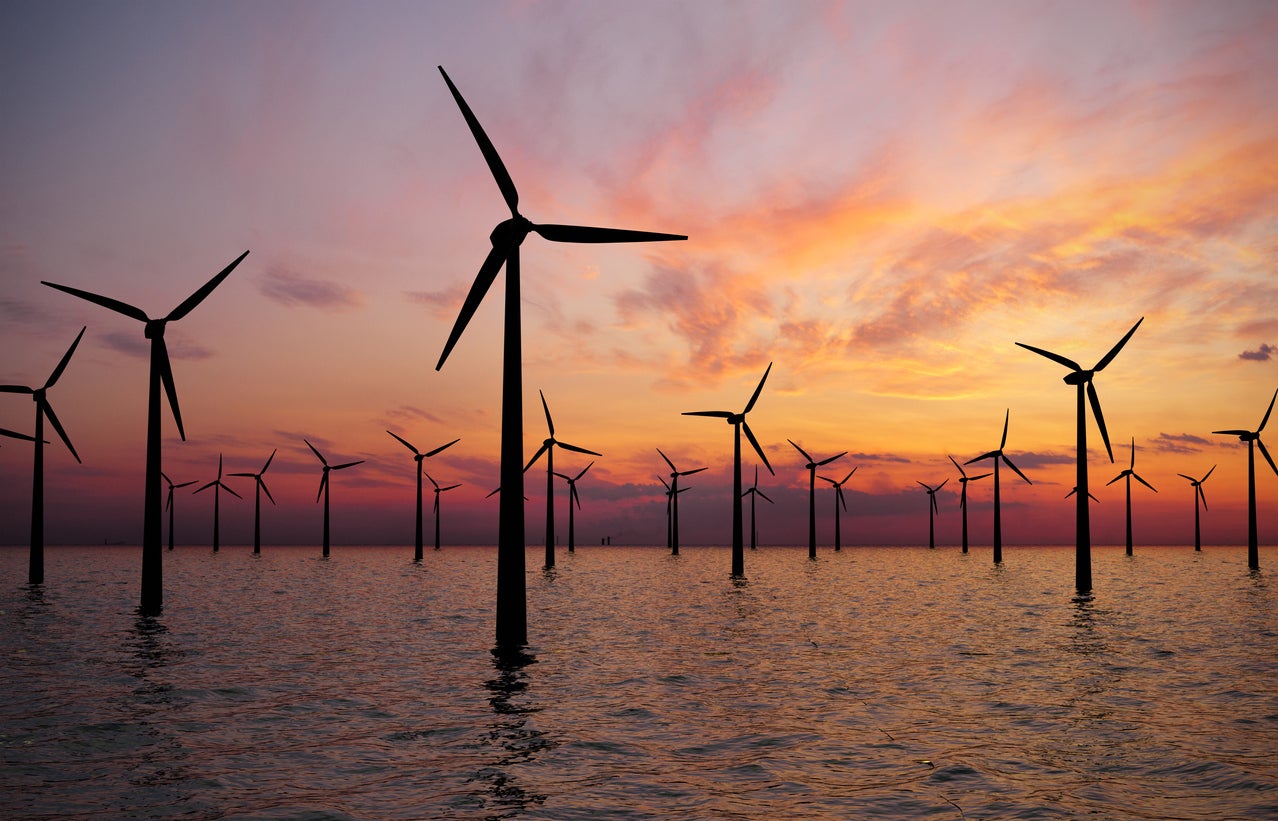Advancements in Offshore Wind Lidar Measurement Campaign Design Resulting from the Global Blockage Experiment (GloBE)
European-American Collaboration in Wind Energy Seminar Series

8:00 – 9:00 am MST
Elliot Simon
Dr. Elliot Simon is a Senior R&D Engineer at DTU (Denmark) working to advance the use of lidars and lidar data within wind energy. He is involved in all areas of lidar hardware and software development, and the full cycle of planning, executing, and understanding complex measurement campaigns. Elliot combines over 10 years of practical experience in measurements with the latest research concepts to advise and collaborate with the global wind industry and academic partners. He completed his PhD in 2019 at the Technical University of Denmark which included a research stay at NCAR focused on lidar based minute-scale wind power forecasting. He is a native Floridian, although has since followed his education through six countries to his current home in Copenhagen.
Scanning Doppler wind lidars offer an immense deal of flexibility in their configuration and operation. These instruments are rapidly growing in use within wind energy for both commercial and research focused applications.
The Global Blockage Experiment (GloBE project) has recently conducted one of the world’s most extensive offshore wind measurement campaigns, with the aim of measuring wind-farm scale blockage using three pairs of dual-Doppler scanning lidars along with a substantial number of other supporting measurements. All measurements are subject to sources of bias and uncertainty and managing these is a key challenge- both while planning and conducting the measurements, and when analyzing and making conclusions from the gathered data.
This seminar will report on the activities conducted by DTU within GloBE towards investigating sources of bias and uncertainty and the resulting methods developed for mitigating them. The main sources to contend with are effects which lead to the incorrect pointing of the lidar’s laser beam. This primarily originates from the motion of the offshore wind turbine's transition piece where the equipment in installed and is driven by the turbine operation, sea state, and foundation design. Pointing errors are also contributed from device levelling errors, motor homing offsets, and backlash in the scan head mechanics. A comprehensive scope of work within GloBE was dedicated to understanding the impact of these error sources towards the goal of producing a top-quality dataset to allow for identifying wind-farm blockage.
Given the small-expected magnitude of the blockage effect (<4% differences in wind speed ratios), controlling and minimizing the uncertainties was crucial to be able to achieve the project goals. These efforts included (among others) extensive pre- and post-campaign calibrations of the lidar measured line-of-sight wind speeds, integrating additional motion sensors to the lidars and developing a method to correct for the platform motion, developing a new lidar pointing calibration method using an aerial drone, and careful design of the measurement scenarios and scan scheduling.
This work provides a comprehensive examination of the sources of bias and uncertainty in offshore scanning lidar measurements and develops a set of practical strategies for mitigating those issues. The material presented will be particularly useful for those interested in achieving the lowest uncertainties in their own offshore measurement campaigns using the latest developments and innovations. More generally, it will convey just how difficult measuring the wind can be!
Contact
Please direct questions/comments about this page to:
Sue Ellen Haupt
Senior Scientist, Research Applications Laboratory